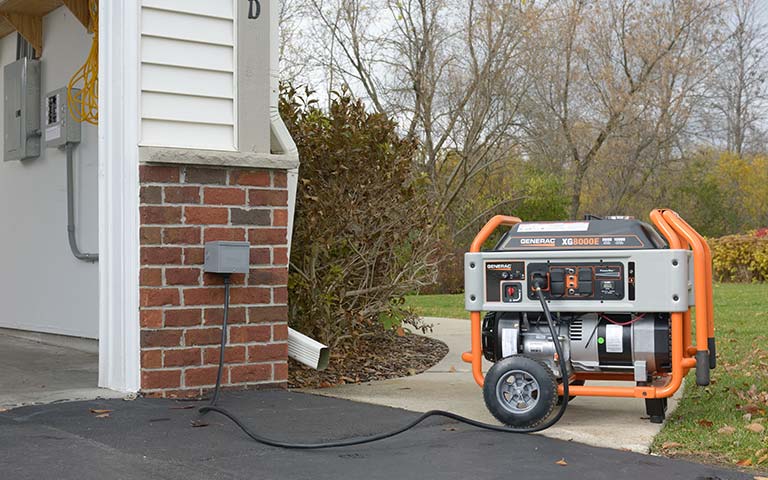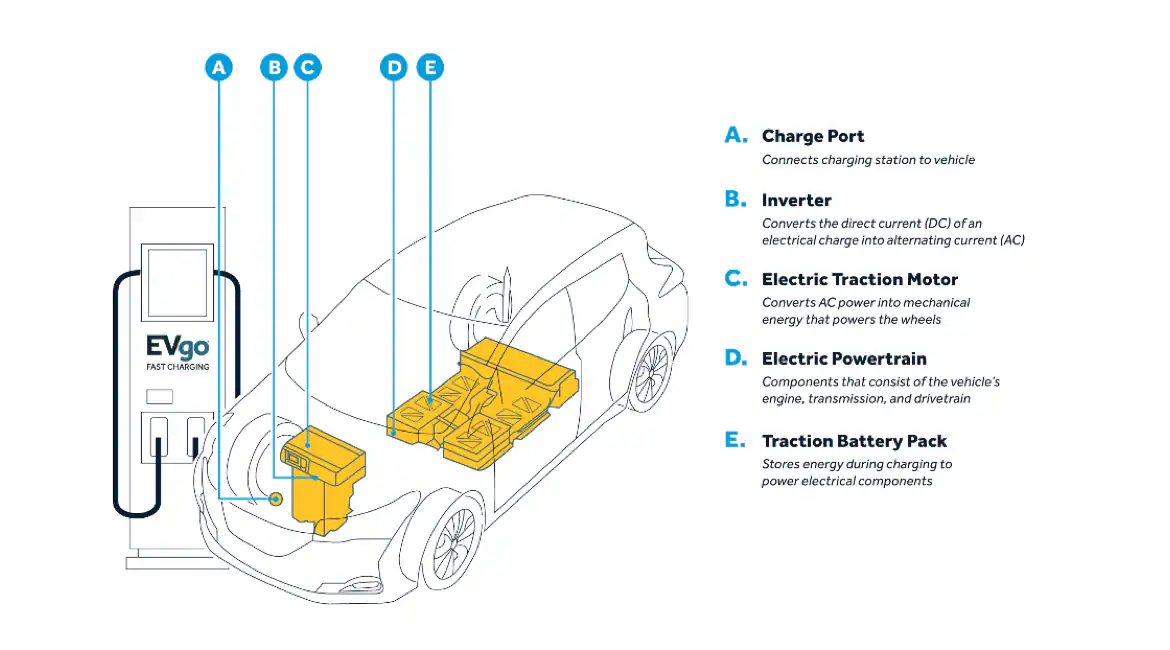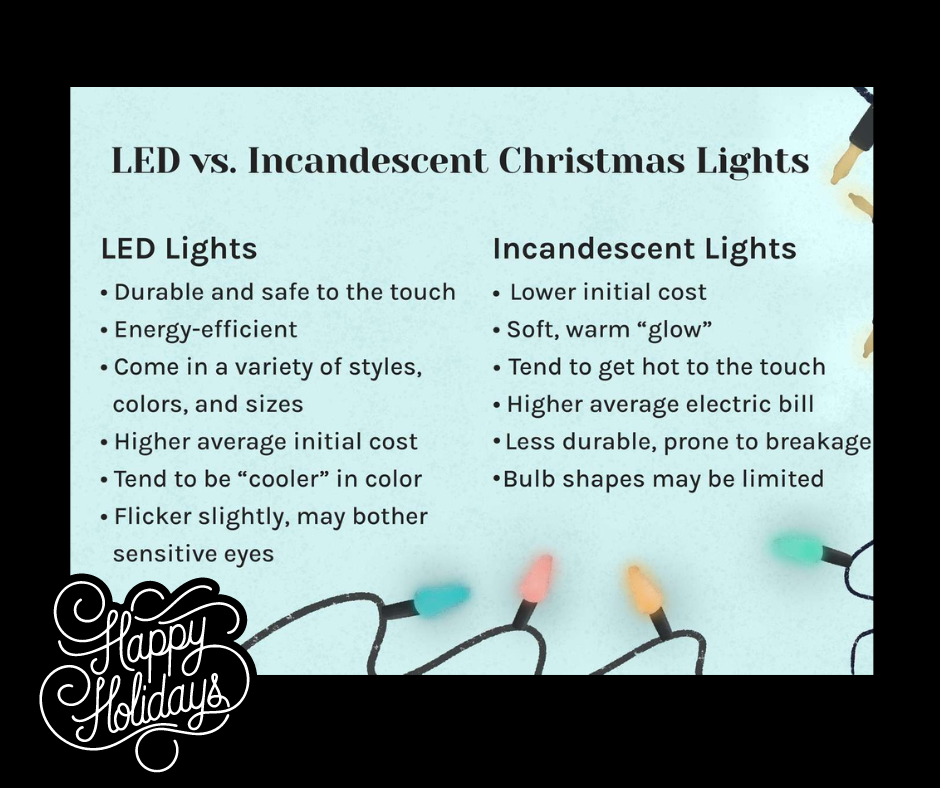Electric vehicles (EVs) are reshaping the future of transportation with their efficiency, environmental benefits, and innovative technology. But how do they actually work? Let’s break it down into simple terms.
How To Attach a Generator to My Home? - Bryan Hindman Electric
- Smart home electrical services, Electrical troubleshooting, Ceiling Fan Installation, Electrical inspections, Commercial electrician, Renovation electrical services, Electrical repairs, Electrical safety tips, Tips, Code compliance, blog, Electrical panel upgrades, Electrical Contractor, Electrical maintenance, Circuit breaker installation, Energy-efficient lighting, New construction electrical services, generator connection to house
- |
- June 13, 2024

When a power outage hits, having a generator connected to your house can be a lifesaver. It can keep your lights on, your refrigerator running, and your essential devices charged.
But how do you safely and correctly attach a generator to your house? Here's a straightforward guide to help you understand the basics.
1. Choose the Right Generator
Before attaching a generator to your house, make sure you have the right type of generator for your needs. There are two main types:
- Portable Generators: These are smaller, mobile units that you can move around as needed. Bryan suggests these for most homeowners, as they are more cost efficient and require less initial setup, such as HOA approvals and additional plumbing/permitting requirements.
- Standby Generators: These are larger, permanent units installed outside your home that automatically turn on during an outage.
2. Understand Power Needs
Determine what you want to power during an outage. Make a list of essential appliances and devices. Check their wattage requirements to ensure that your connected generator can handle the load.
3. Safety First
Safety is crucial when dealing with generators. Here are some key tips:
- Never run a generator indoors or in enclosed spaces like garages. Generators emit carbon monoxide, which is deadly.
- Use a transfer switch to connect your generator to your home. This device prevents back-feeding, which can be dangerous for utility workers and your electrical system.
4. Installing an Inlet and Transfer Switch or Interlock Kit
A generator inlet box, also known as a power inlet box, is like an electrical outlet for your house. It'll allow you to connect your portable generator to your home quickly and easily. A transfer switch is a small board installed next to your main electrical panel. It safely connects your generator to your home's electrical system. An alternative to installing a transfer switch is an Interlock, which is installed directly into your electrical panel. What is required for your home depends upon your current setup.
Here’s a simple overview:
- Hire a licensed electrician: Installing a transfer switch or inlet involves working with your home's electrical system, which can be complex and dangerous.
- Installation process: The electrician will install the transfer switch near your main electrical panel (or an interlock in your main electrical panel) and connect it to the circuits you want to power during an outage. They will then create an outlet where your generator can be plugged in.
5. Connecting the Generator to Your House
Once the transfer switch is installed, the generator connection to your house is fairly straightforward:
- Place the generator outdoors on a flat, stable surface away from windows, doors, and vents.
- Plug the generator into the transfer switch using a heavy-duty extension cord rated for the wattage of your generator.
- Start the generator according to the manufacturer's instructions.
- Flip the switches on the transfer switch to the "Generator" position to start powering your selected circuits.
What is needed to connect a generator to your house?
To connect a generator to your house, you will typically need:
- A transfer switch (manual or automatic), which prevents the generator from backfeeding into the electrical grid and protects utility workers.
- Power cables or a generator inlet box to safely transfer power.
- A generator with adequate power output to meet your household needs.
- Proper grounding to ensure safety during operation.
6. Maintenance and Testing
Regular maintenance ensures your generator is ready when you need it:
- Run your generator periodically to keep it in good working condition.
- Check the oil level, fuel, and air filters regularly.
- Test the transfer switch and generator connection a few times a year to ensure everything works properly.
One of the most important safety tips to remember is to never plug a generator directly into a regular home outlet. This can cause back feeding, which is extremely dangerous and can even be deadly for utility workers.
Final Thoughts
Attaching a generator to your house involves understanding your power needs, prioritizing safety, and using the right equipment. While it's tempting to do it yourself, hiring a professional electrician to install your inlet and transfer switch or interlock is the safest and most reliable approach. With the right setup, you'll be well-prepared for any power outage, keeping your home and family safe and comfortable.
Remember, this guide provides general advice. Always consult with professionals and follow local regulations and manufacturer instructions when dealing with electrical systems and generators. Stay safe and powered up!
FAQ
Is it legal to connect a generator to your house in Florida?
Yes, it is legal to connect a generator to your house in Florida, but it must be done in accordance with local building codes and safety regulations. Improper installation can be dangerous and may violate building codes. Florida requires that generators be installed following the National Electrical Code (NEC) and other local regulations.
Where do you connect a generator to your house?
A generator is connected to your home through a transfer switch installed near your main electrical panel. This switch allows you to control whether power comes from the utility grid or your generator, ensuring safe power distribution to essential circuits during an outage.
Do I need an electrician to connect a generator to my house?
Yes, it is highly recommended to hire a licensed electrician to connect a generator to your house. Installing a generator improperly can result in electrical hazards, property damage, or injury. An electrician will ensure that the installation meets Florida’s building codes and safety standards.
You may also be interested in: Can a portable generator run A/C?
From the blog


Smart home electrical services
Electric Panel Upgrade Tax Credit: How Florida Homeowners Can Save with Professional Help
If you’re a Florida homeowner considering upgrades to your home’s electrical system, now is a fantastic time to make the leap, thanks to a new tax credit designed to promote safer and more energy-efficient homes. Through the ...

